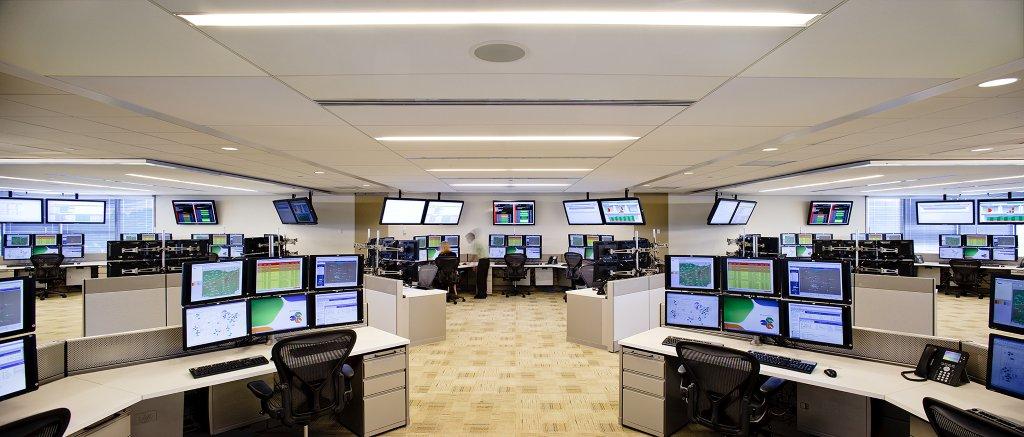Organizational knowledge is increasing at a rapid pace, and a number of issues surround the office environment today that will undoubtedly impact how we work. The largest, and most obvious trend related to building organizational knowledge and maintaining secure information is technology.
Technology has had — and will continue to have — a profound effect on the way we work. An unyielding stream of information coupled with faster avenues of access and methods of mobility delivers information at an exponential rate.
The only way to manage it all is through increased collaboration, teams of experts, and with acceptance of a new Generation leading the way.
Office design is a good example; a project that once only required an architect and engineer now calls for an increasing number of experts, ranging from IT, hardware and software security, spec writers, project managers, code consultants, and safety advisors. The number of team members for a given project will continue to grow as better information and cheaper, more reliable materials become available, and as regulations, codes, and technology continue to change.
As these changes take place and designers are forced to become more creative, the best firms will develop integrated teams of experts and support them in their interactions with technology and the work environment.
As information continues to travel, anything that slows down the communication process will become detrimental to business and inhibit competition. Dedicated personal spaces will give way to shared common areas and telecommuting options; in non-secure environments, new spaces will become highly collaborative.
Imagine a network operations center: a constant flow of news, networking options and information that are all critical to the decision-making process. People will be accessible in real-time, working in areas with a multitude of flat screens serving up information from a variety of sources. It will be like having your hard drive, smart phone, Internet, CNN, and Skype all brought together in one room designated for multiple projects.
But while technology will enable us to communicate faster and become more nimble in our decision-making, the struggle will be managing and prioritizing this increasingly specialized, and oftentimes confidential, information. The recent WikiLeaks controversy is a good example of these challenges; government officials are confronted regularly with with the task of balancing information security with the public’s desire for immediate and broad access.
We will face similar situations in our business dealings. Managers will undoubtedly want to keep certain information confidential, but will be forced at some point to review current processes and decide how, where, and when to deliver new information. The challenges will be speed of access and delivery.
Open space environments will likely facilitate faster delivery of this critical information; high speed audio-visual technology will need to be fully integrated, multiple links for communication will be required, and secure information will need to be managed quickly and effectively. Everything must be flexible, and project managers must ensure the information they need is readily available at their fingertips.
As technology continues to impact the way we work, we’re seeing the emergence of a new way of working led by Gen Y. Members of this generation shun private offices and exhibit a preference for shared workspace and collaborative processes. My daughters are at ease with real time chat and instant messages — I’ve turned that proverbial corner, too, as I increasingly use Skpe for conference calls. And as younger people continue to influence our work environments, there will undoubtedly be a seamless integration of the physical workspace with critical information shared within and beyond it.




This season in the evolution of the workplace is so exciting! It will be interesting to see how organizations continue to deal with the challenge of mobility and information security. When I access, edit and share a CAD file from my phone it is no longer within the protective boundaries of the corporate network – so how do we balance the need for confidentiality with the desirable convenience of mobile work?